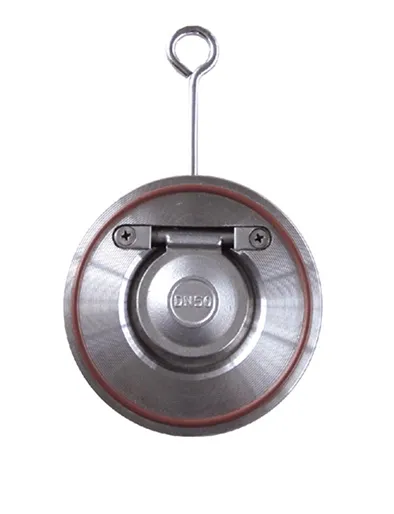Dùbh . 13, 2024 06:33 Back to list
high performance butterfly valve
High Performance Butterfly Valves An Essential Component in Modern Engineering
Butterfly valves have long been favored in various industries for their efficiency, reliability, and cost-effectiveness in flow control. Among these, high performance butterfly valves (HPBVs) stand out as an advanced solution tailored for demanding applications. Designed to provide superior performance, reduced wear, and extended service life, these valves are ideal for environments requiring precision and robustness.
What are High Performance Butterfly Valves?
High performance butterfly valves are quarter-turn valves that use a rotating disc or vane to regulate fluid flow. Unlike standard butterfly valves, HPBVs boast enhanced features such as improved sealing capabilities, robust construction materials, and advanced design that minimize turbulence and pressure drop. These valves can handle a wide range of media, including liquids, gases, and slurries, making them versatile tools in industries like oil and gas, water treatment, chemical processing, and power generation.
Key Features and Benefits
1. Enhanced Sealing Performance High performance butterfly valves are engineered with sophisticated sealing mechanisms, often employing a double eccentric design that ensures a tight shut-off, preventing leaks and ensuring system integrity. The use of advanced elastomers and metal seating surfaces enhances the pressure and temperature range, making them suitable for extreme conditions.
high performance butterfly valve

2. Reduced Torque Requirements One of the significant advantages of HPBVs is their low torque operation. This characteristic allows for easier actuation, reducing the energy needed for operation. This translates to lower costs for actuators and simplifies the design of control systems in process plants.
3. Wide Range of Applications The versatility of high performance butterfly valves makes them suitable for various applications. From handling corrosive chemicals in the manufacturing sector to regulating water flow in municipal systems, these valves adapt to numerous environments. Their ability to function effectively in high-pressure and high-temperature situations further increases their utility.
4. Compact and Lightweight Design Compared to other types of valves, HPBVs are generally compact and lightweight. This feature not only saves valuable space in facilities but also simplifies installation and maintenance processes. Their design facilitates easier integration into pipeline systems, making them an attractive option for engineers seeking efficiency.
5. Long Service Life and Low Maintenance High performance butterfly valves are constructed with durable materials that withstand wear and tear, reducing the need for frequent replacements. Their design minimizes sediment buildup and ensures smooth operation, contributing to longevity and reliability.
Conclusion
In an era where efficiency and sustainability are vital, high performance butterfly valves represent a pinnacle of technology in fluid control. Their ability to deliver reliable performance, combined with low overall operating costs and minimal environmental impact, positions them as a smart investment for industries looking to enhance their operational efficiency. As technology continues to evolve, the role of HPBVs will only expand, making them indispensable components in modern engineering solutions. Their commitment to innovation and excellence ensures that they will meet the emerging challenges of tomorrow's industrial landscape. Overall, high performance butterfly valves not only optimize processes but also contribute to safer and more efficient operational environments across various sectors.
Share